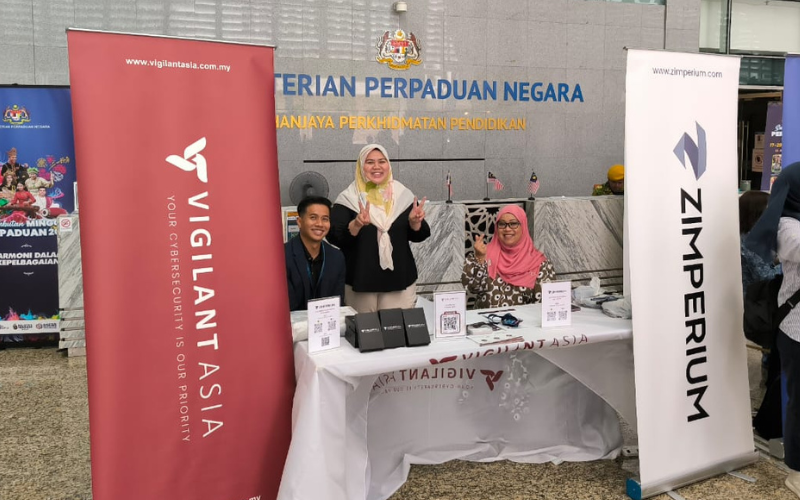
4 February 2025
AI-Powered Cyber Attacks: A Growing Concern for Organizations in Asia Pacific

The rise of artificial intelligence (AI) has ushered in a new era of cybersecurity challenges for organizations. As this cutting-edge technology becomes increasingly accessible, the sophistication and severity of cyber attacks are poised to escalate dramatically.
A recent study on cybersecurity in the Asia Pacific published by Cloudflare shared the latest data on cybersecurity preparedness in the region, revealing how businesses are coping with ransomware, data breaches, and the complexities brought about by Artificial Intelligence (AI).
Rise in Data Breaches Across Industries
The report found that 41% of respondents across Asia Pacific said their organisation experienced at least 1 data breach within the past 12 months, with nearly half reporting more than 10 data breaches during the same period. Certain industries were disproportionately affected, with Construction and Real Estate (56%), Travel and Tourism (51%), and Financial Services (51%) experiencing the most data breaches.
Threat actors primarily targeted customer data (67%), user access credentials (58%), and financial data (55%). Furthermore, the study reveals that 87% of respondents are concerned about AI increasing the sophistication and severity of cyber attacks.
AI: Transforming the Threat Landscape
While AI offers organisations numerous advantages in terms of efficiency and productivity, its misuse by cybercriminals poses a significant threat. Half of the respondents anticipate that AI will be leveraged to crack passwords or encryption codes, while 47% believe it will enhance phishing and social engineering attacks. Additionally, 44% foresee AI advancing distributed denial-of-service (DDoS) attacks, and 40% expect it to facilitate the creation of deepfakes and privacy breaches.
Faced with these evolving and diverse threats, 70% of respondents reported that their organizations are changing how they operate. Key areas impacted by AI include governance and regulatory compliance (40%), cybersecurity strategy (39%), and vendor engagement (36%).
Cybersecurity leaders are preparing to tackle AI-driven risks, with every respondent indicating plans to deploy at least one AI-related security tool or measure. Top priorities include hiring generative AI analysts (45%), investing in threat detection and response systems (40%), and enhancing Security Information and Event Management (SIEM) systems (40%). Furthermore, 66% of respondents have already sought AI solutions from IT vendors.
Ransomware: A Growing Threat in Asia Pacific
Ransomware remains a significant concern across the Asia Pacific region, with the study revealing that 62% of organizations hit by ransomware paid the ransom, despite 70% having publicly vowed not to do so. A compromised Remote Desktop Protocol or Virtual Private Network (VPN) server (47%) emerged as the most common entry point for threat actors.
However, the study also highlighted regional variations, with organizations in India (69%), Hong Kong (67%), Malaysia (50%), and Indonesia (50%) being the most likely to pay ransoms, while those in South Korea (19%), Japan (19%), and New Zealand (22%) were the least likely to comply with ransomware demands.
Regulatory Compliance: A Costly but Necessary Investment
Regulatory compliance also emerged as a critical theme in the study, with 43% of respondents indicating that they allocate more than 5% of their IT budget to address regulatory and compliance requirements. Additionally, 48% of respondents reported spending over 10% of their workweek keeping pace with industry regulatory and certification mandates.
Despite the significant time and resource investment, regulatory compliance has yielded positive outcomes for businesses, including improving organizations' baseline privacy and security levels (59%), enhancing the integrity of technology and data (57%), and bolstering reputation and brand (53%).
Conclusion
As the cybersecurity landscape continues to evolve with AI playing an increasingly pivotal role, organisations across the Asia Pacific region must remain vigilant and proactive in addressing the escalating risks posed by AI-powered threats.
Looking to improve your cybersecurity posture? Contact us to see how we can help.


